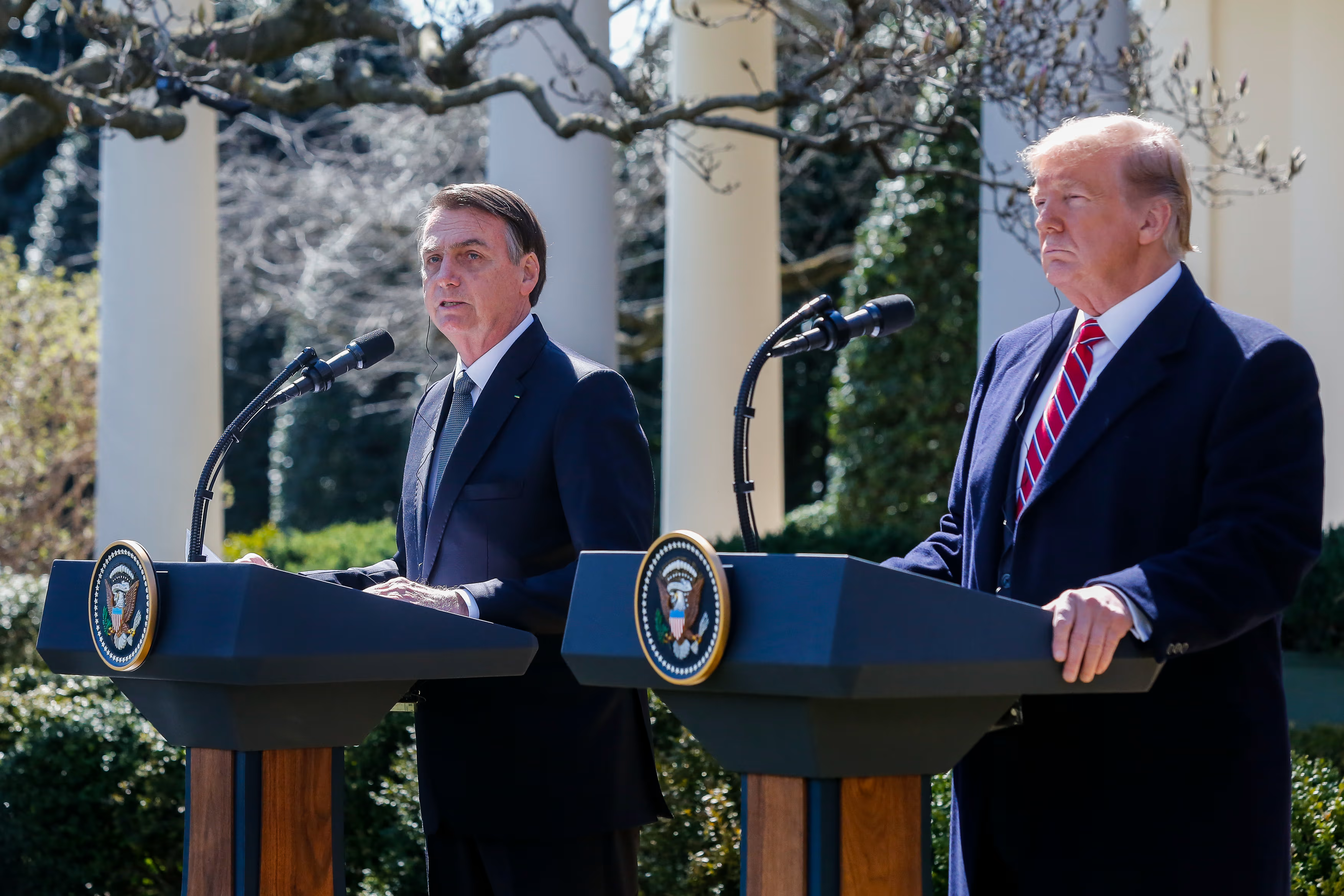

By Asmita - Feb 01, 2025
President Trump launches a trade offensive with substantial tariffs on major trading partners citing economic and national security concerns. The tariffs are expected to impact US consumers with price increases across various sectors, potentially affecting lower-income families more significantly, particularly in essential categories like food, electronics, clothing, toys, furniture, sneakers, and avocados. The move could lead to substantial economic consequences, especially in critical sectors like automotive, oil, and agriculture.

Two men at podiums in front of the White House, with President Donald Trump speaking at one of the podiums. via Wikimedia
LATEST
A bold trade offensive is launched by President Trump; substantial tariffs on three of the United States largest trading partners. 25% tariffs on imports from two North American allies, which include Mexico and Canada, and a 10% tax on Chinese goods. Focusing on what Trump describes about economic concern and national security. “You see the power of the tariff,” Trump told reporters. ” Nobody can compete with us because we have by far the biggest piggy bank.
Trump’s new tariff will impact US consumers by increasing prices across multiple sectors, and this increase in tariffs will lead to substantial economic consequences. Price increases could be expected by consumers in several essential categories like food, electronics, and clothing. Dramatic price increases could be seen in some specific categories like toys, furniture, sneakers, and avocados. According to the republic's president, this action will not worsen inflation, could destabilise the worldwide economy, or provoke a voter backlash. It can be assumed that lower-income families will be affected in a disproportionate manner, as they used to spend a major part of their income on physical goods subject to tariffs.
Significant disruption could be experienced by critical sectors like automotive oil and agriculture. Families earning less would be more vulnerable as tariffs will significantly affect them with a great impact on food prices. Tariffs on food and clothing will have a substantial effect on poor and low-income families. Several strategic approaches could be implemented by low-income households, like eggs instead of protein, which could be purchased as an affordable protein. Instead of bread, they can shift to cheaper staple food like maize meal. Shopping in bulk during sales can minimise their expenses.